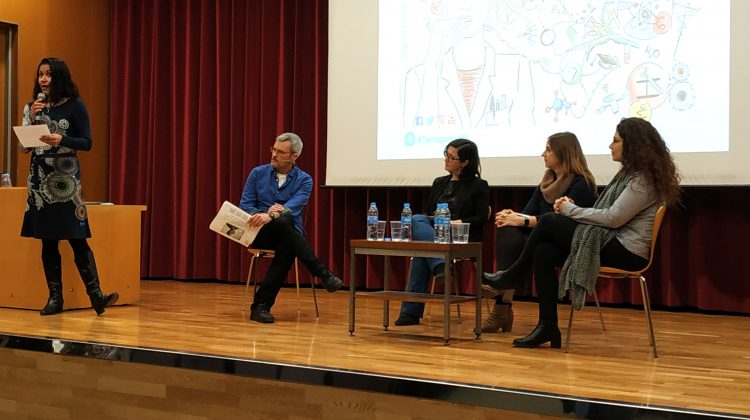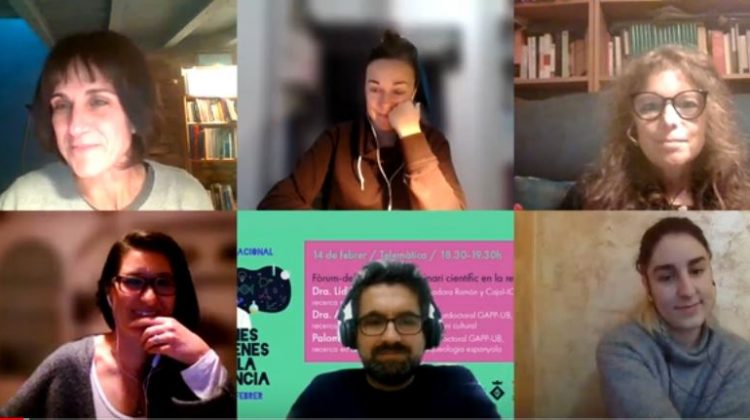Language is not neutral or secondary. Language is a reflection of the society that uses it and at the same time influences the attitudes, behaviors and social perceptions of the people who integrate it. Language conveys our thought, organizes and structures it, incorporating beliefs, values, prejudices and stereotypes. The discriminatory practice that involves the sexist use of language is a reflection of sexism in our society.
As in other fields, the sexist language used in the world of research not only contributes to the maintenance of traditional gender stereotypes and roles and makes the presence of women invisible, but also favors discrimination and inequality of opportunities between women and men.
Achieving full gender equality in the workplace implies making changes at many levels, including language. Our linguistic choices and the use we make of language are also a reflection of our position in relation to equality between women and men.
The ICAC’s commitment to equality between women and men is reflected in its I Equality Plan, the creation of the Committee dedicated to ensuring real and effective gender equality in all areas of the Institute and the constitution of the Negotiating Commission for the Carrying out a qualitative and quantitative diagnosis internally.
We continue working on equality and this 8M we want to celebrate it by presenting the «Inclusive and non-sexist communication guide» created by the Institute of Marine Sciences, to which we have formally adhered, and which is part of the application of the planned measures in the II Equality Plan (2023-2026).
The Guide aims to be an instrument that contributes to the use of terms and expressions free of sexism, overcoming a non-inclusive use of language that makes women invisible and discriminates.
The Guide is structured in six chapters:
- Language and gender equality
- Resources for non-sexist use of language
- Inclusive and non-sexist communication at the ICM
- Oral communication
- Visual communication
- Glossary of terms and guide to alternatives for the inclusive and non-sexist use of language
Here you can consult it:
- Inclusive and non-sexist communication guide. Institute of Marine Sciences, 2022.https://doi.org/10.20350%2FdigitalCSIC%2F14525
On the other hand, we recommend that you consult the guide of the Center for Genomic Regulation, which contemplates a multilingual context and has specifications for the use of English.
- Gender-incluive language. Centre de Regulació Genòmica, 2021. Disponible a: https://www.crg.eu/sites/default/files/crg/man-com-003_gender-inclusive_language.pdf







